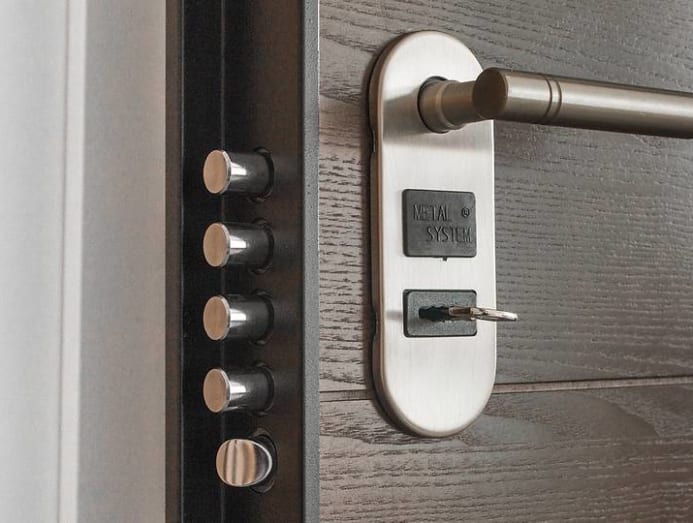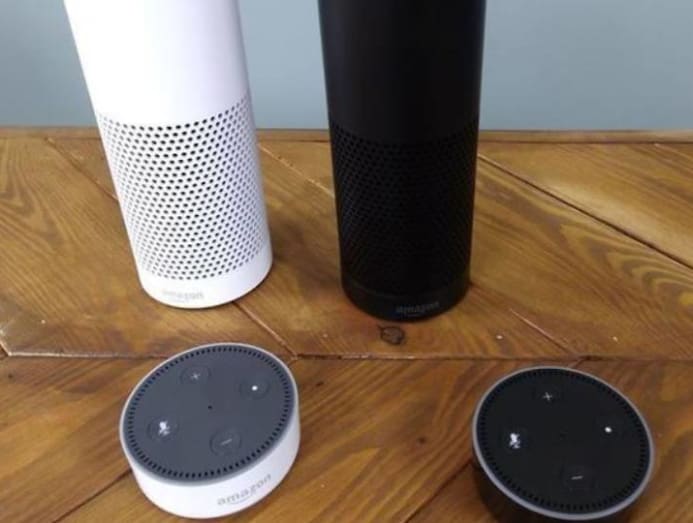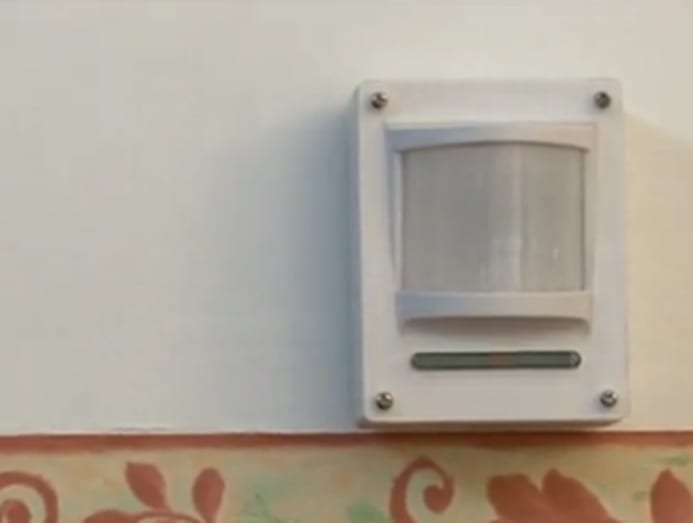Commentary: The common, rare and weird reasons why people install smart home technology
MELBOURNE: Ever wondered what all the fuss is about when information technology comes to smart homes? Y'all're not solitary.
While the idea of networked entertainment systems, automated security, mood lights and voice-controlled thermostats is pop, the uptake of smart dwelling technologies has been lower than anticipated.
Some researchers say this is because of affordability and installation challenges. Others claim it's because smart home technologies aren't that desirable or useful.
New research nosotros've released today identifies the benefits and problems smart home adopters actually experience, and compares them to the technological solutions on offer.
Our report shows that while living in a smart home is appealing for early adopters, it also throws upward some unexpected challenges.
THE 3PS
The smart habitation market place is growing rapidly, but the industry is yet frequently dubbed a "solution in search of a trouble".
Interest in smart home technologies can exist dismissed as "boys and their toys" because men are more than often the instigators for bringing smart habitation engineering science into the home and managing their operation.
Current US industry sales figures testify consumers of smart abode devices are slightly more likely to be male (57 per cent), while "smart home obsessives" (those who customise and fine-tune every attribute of their domicile automation systems across standard off-the-shelf offerings) are typically men.
But women – especially those 18 to 35 – are increasingly interested in smart home technology.

In our visit of over thirty households that were early adopters of smart abode applied science and interviews of over 40 people for between i and 2.5 hours, we found three primary categories of use:
1. Security devices to facilitate intendance and protection
two. Automated or multitasking tools to improve productivity
3. Aesthetic and ambient enhancements that provide pleasure.
We refer to these every bit the 3Ps: Protection, productivity and pleasure.
READ: Smart speakers will accept over the world? Don't brand me express joy, a commentary
PROTECTION
In our study, engineering science users expressed a want to intendance for and protect the home and its occupants. Smart cameras installed in the home allowed adults to monitor dependants – children and, increasingly, pets – while they were away.
These strategies of protection were also used in the homes of people living with disabilities. Smart technology provided safeguards confronting potential vulnerabilities by, for example, allowing people to remotely unlock doors for visitors, or monitor the room temperature and health of children with special needs.
PRODUCTIVITY
A commonly identified benefit of smart home technologies was their ability to generate "small conveniences" that reduced the physical or mental effort involved in daily tasks. These efficiencies allowed householders to offload the burden of mundane activities.
Automated or voice activated lights, heating, doors or blinds became significant and normal parts of everyday life. Householders doubted whether they could alive well without these conveniences one time they become accustomed to the benefits.
Smart home technologies also improved productivity through coordination and multitasking. In detail, voice administration, such as Amazon's Alexa and Google Home, freed people's hands to do other tasks, making households experience more productive.

1 research participant was living with a disability that made small everyday tasks extremely hard and exhausting. She described productivity equally a style of conserving her energy for other tasks, making smart technologies "absolutely brilliant and invaluable" for people with disabilities.
READ: Beyond cost hikes and conservation campaigns, saving h2o through smart showers, a commentary
Pleasance
Living in a smart home and experimenting with new devices too provided considerable amounts of fun and pleasure. Smart lighting and speakers were a major source of this enjoyment, generating sensory experiences to affect ambience and mood. Automatic water features also generated sensory pleasance.
Nosotros found householders created a relaxing and pleasurable dwelling environment to replicate the experience of going on holiday or living in a resort. Home cinemas, audiovisual systems, pools, and outdoor and indoor entertainment areas were all common pursuits seeking this vacation-style pleasure.
For the predominantly male person smart dwelling house initiators nosotros interviewed, pleasure also came from implementing and "tinkering" with their smart systems. Further enjoyment ensued when sharing these smart devices and experiences, and showing them off to others.

PITFALLS
While our inquiry showed the potential benefits of smart home technologies, it also revealed a few pitfalls that are likely to limit market growth.
Those adopting smart dwelling house technologies for the care of others are usually confident in their knowledge and skills in setting up new technology, but expressed business organization for the security or privacy of other less aware or capable households.
Somewhat ironically, smart abode technologies can undermine productivity by creating extra "digital housekeeping" in the habitation. This included researching and setting up new devices, updating and synchronising software, fixing problems or glitches, or just tidying upward the diverse cables and technologies required to keep it all running.
About of this extra piece of work was being done by men, but it was also viewed as a pleasurable hobby.
The farther downside of smart habitation technology is that potential new and enhanced forms of entertainment and ambience increase household energy consumption. This has a toll to both the household and planetary resources every bit a whole.
Finally, many want to integrate smart technologies into their home to increase its value and desirability to others. While this is like shooting fish in a barrel for homeowners, the ability of renters to make changes to the habitation are very restricted.
Yolande Strengers is senior inquiry young man and Larissa Nicholls is research fellow, both at the Eye for Urban Enquiry at RMIT. Jenny Kennedy is postdoctoral inquiry boyfriend and Paula Arcari is research officeholder, both at RMIT.
This commentary offset appeared in The Conversation. Read it here.
Source: https://cnalifestyle.channelnewsasia.com/commentary/commentary-common-rare-and-weird-reasons-why-people-install-smart-home-technology-219066
Post a Comment for "Commentary: The common, rare and weird reasons why people install smart home technology"